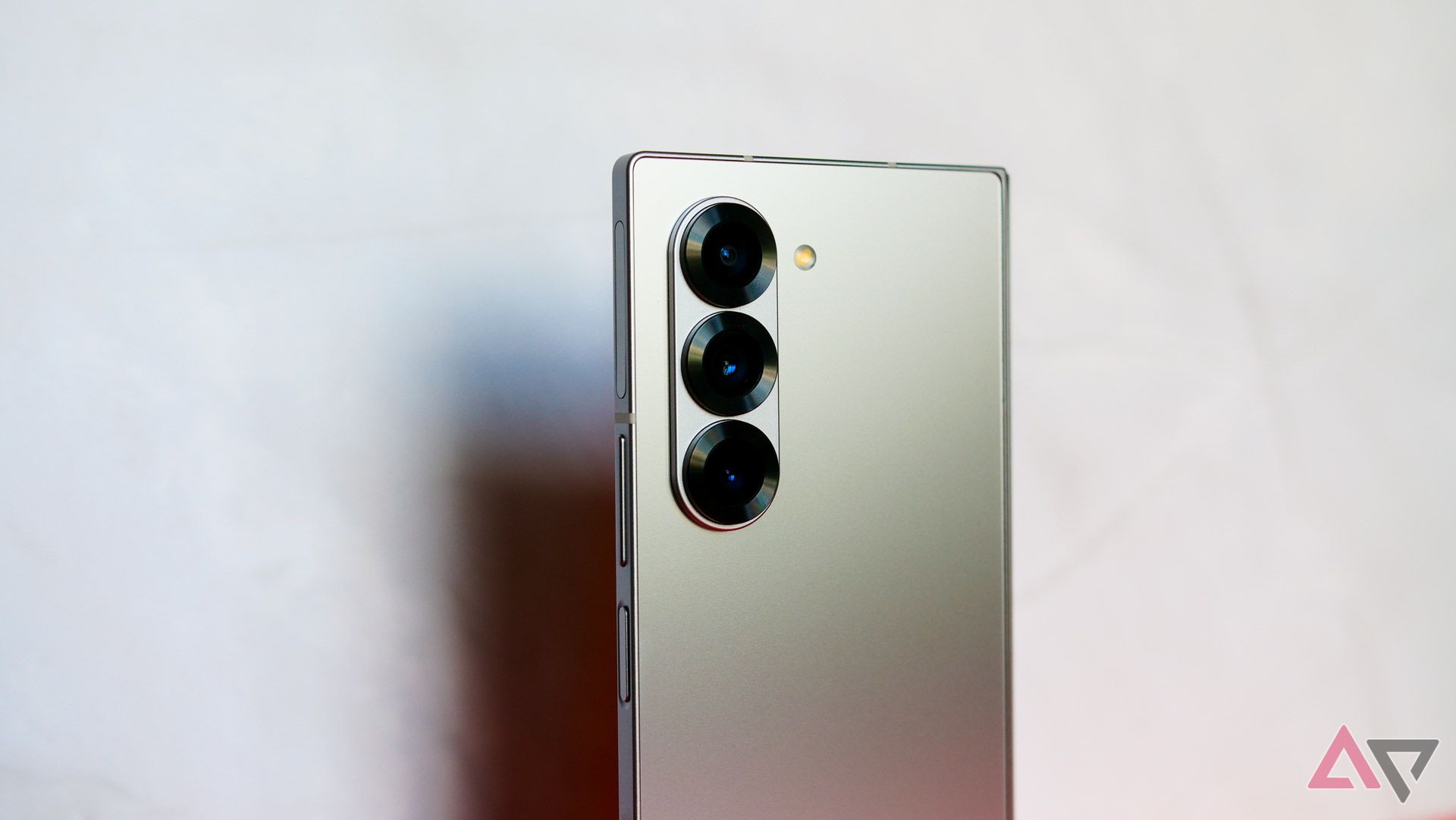-
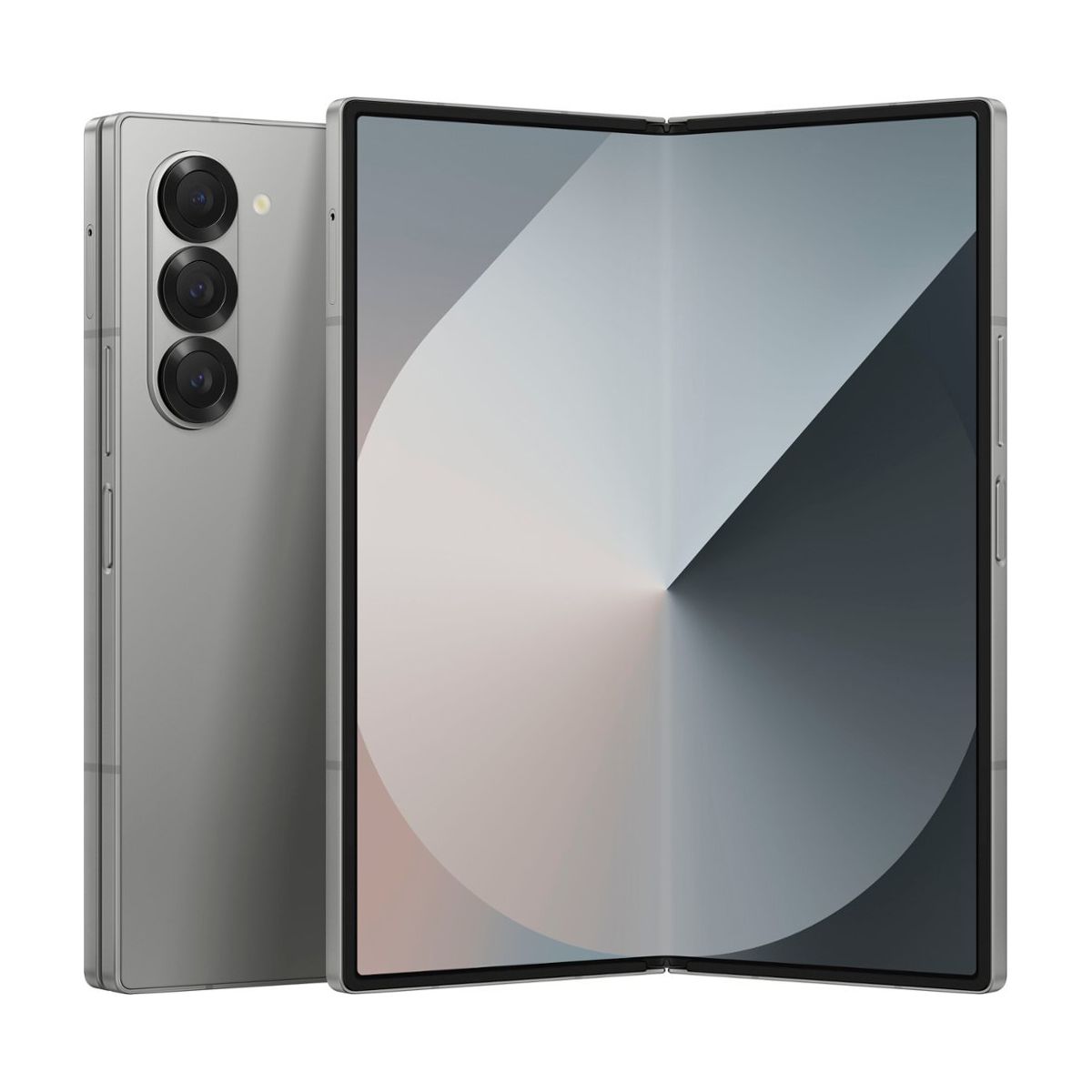
Refinements all around
Samsung Galaxy Z Fold 6
The Galaxy Z Fold 6 continues Samsung’s trend of fine refinements over generational leaps. That’s not necessarily a bad thing when you have a strong foundation to build on. With design improvements, faster performance, and longer software support, the Z Fold 6 is Samsung’s best yet.
Pros- Performance is top-notch
- A refined design that is both thinner and lighter
- IP48 rating for both dust and water resistance
Cons- More expensive
- Galaxy AI overall usefullness
- Cameras still can’t match the Galaxy S lineup
-
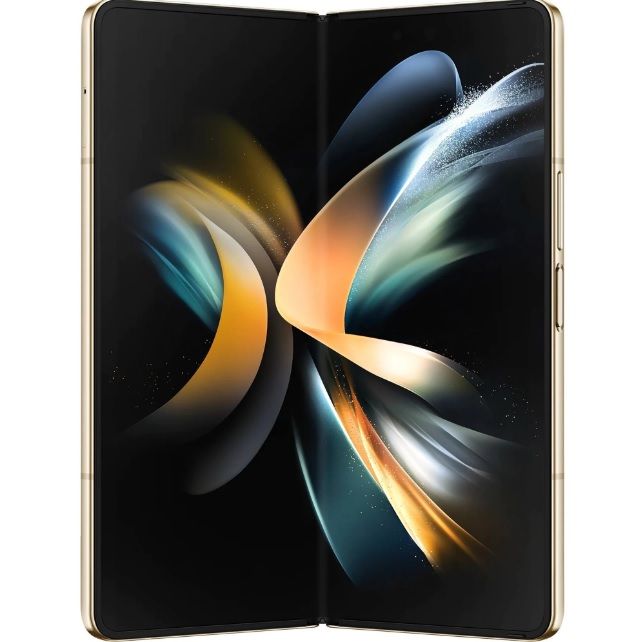
Still excellent
Samsung Galaxy Z Fold 4
The Samsung Galaxy Z Fold 4 is two years old at this point, but it’s still going strong. With its aging processor still offering decent performance, a solid design, and good battery life, the Z Fold 4 may just be worth hanging onto.
Pros- Performance is still good enough for most people
- Decent battery life
- Solid build quality
Cons- Cramped cover display
- Only two more Android updates left
- Thicker and heavier
With so many great foldable phones on the market, choosing your next one may be a bit daunting. Upgrading any device requires a bit of due diligence on the part of the consumer, and that’s especially the case for the foldable category, even more so if it’s your first foldable device.
Samsung launched the Galaxy Fold series in 2019, a phone that broke the style that long dominated the best Android phones. Then Samsung hit its stride when it released the Galaxy Fold 4, with hardware and software improvements that made the Z Fold 4 far more mature than Samsung’s previous attempts. If you bought a Z Fold 4 and are looking to upgrade, the Z Fold 6 is a logical upgrade path, but does it make sense to go through the hassle?
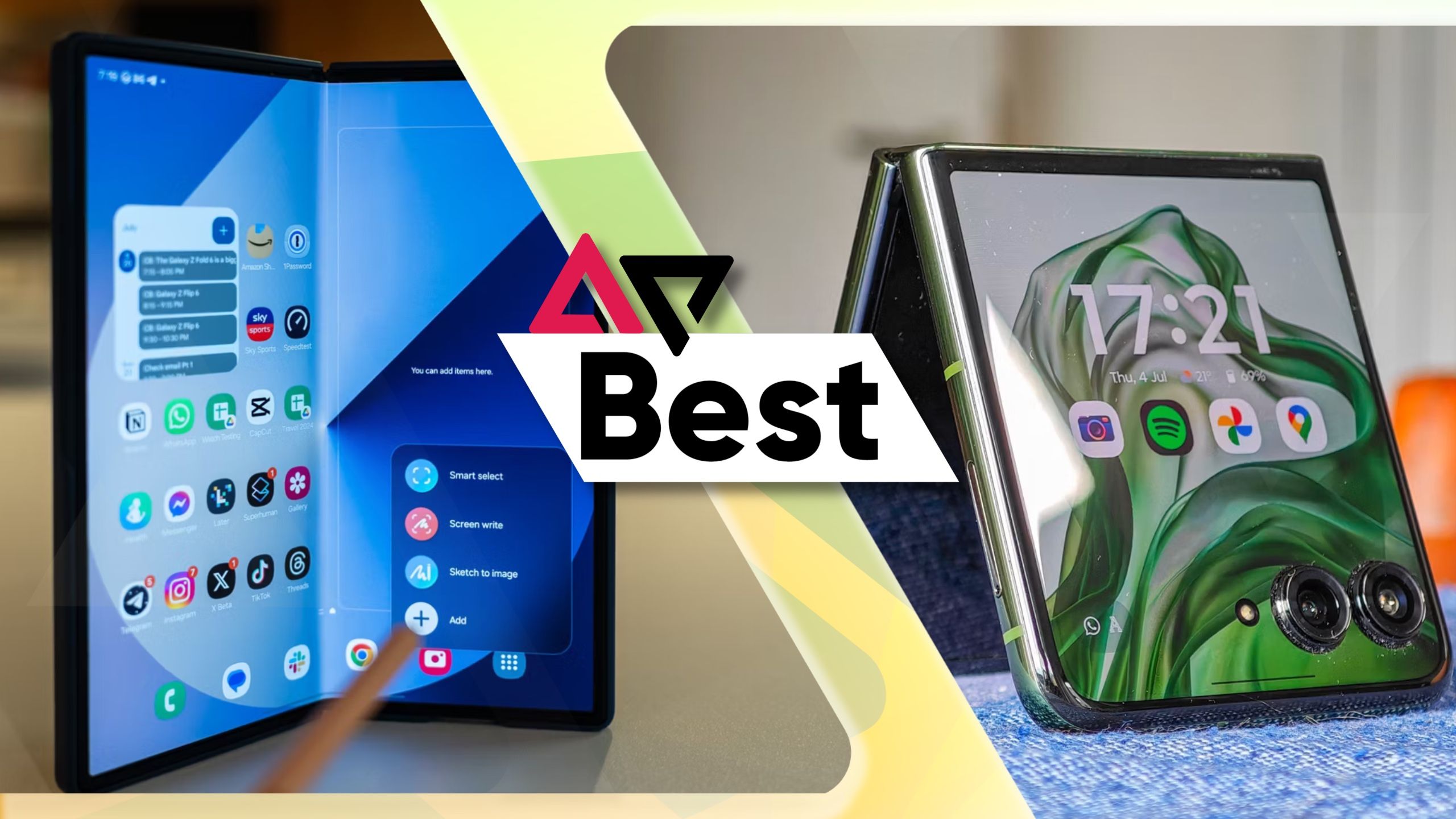
Read our ranking
Best foldable phones in 2024
Flip phone or tablet foldable? You decide
Price, availability, and specs
Samsung launched the Galaxy Z Fold 4 in August 2022 with a retail price of $1,800. At the time, the Z Fold 4 was available just about everywhere, including major carriers, and unlocked from the usual outlets. Now that it has been out for a couple of years, it’s become very difficult, if not impossible, to find it brand new. It was available in four colorways: Beige, Phantom Black, Gray Green, and Burgundy (a Samsung exclusive).
The Z Fold 6 launched in July 2024, making it a couple of years newer. Samsung bumped the price up this year, the Fold 6 launching with a retail price of $1,900. Since the phone is the latest and greatest from Samsung, you can be sure to find it at all the major carriers and just about anywhere Android phones are sold. The Z Fold 6 comes in five colorways: Pink, Navy, Silver Shadow, Crafted Black, and White; the last two are exclusive to Samsung.
-
Samsung Galaxy Z Fold 6 Samsung Galaxy Z Fold 4 SoC Qualcomm Snapdragon 8 Gen 3 for Galaxy Qualcomm Snapdragon 8+ Gen 1 Display type AMOLED, 120Hz OLED, 120Hz Display dimensions 7.6” (main); 6.3” (cover) 7.6″ (main); 6.2″ (cover) Display resolution 2160 x 1856 (main); 2376 x 968 (cover) 2176 x 1812 (main); 2316 x 904 (cover) RAM 12GB 12GB Storage 256GB, 512GB, or 1TB 256GB, 512GB, 1TB Battery 4,400mAh 4,400mAh Charge speed 25W wired, 15W wireless 25W wired, 15W wireless Charge options Wired, wireless, reverse wireless Wired, wireless, reverse wireless Ports USB-C USB-C SIM support Nano-SIM and eSIM Nano-SIM and eSIM Operating System Android 14 with One UI 6.1.1 Android 14 with OneUI Front camera 10 MP f/2.2 (cover); 4 MP f/1.8 (under main display) 10MP, f/2.2 (cover); 4MP, f/1.8 (under-display) Rear camera 50MP, f/1.8 main; 12MP, f/2.2 ultrawide; 10 MP, f/2.4 3x telephoto 50 MP, f/1.8, OIS main; 12MP, f/2.2 ultrawide; 10MP, f/2.4, OIS 3x telephoto Cellular connectivity 5G, LTE 5G, LTE Wi-Fi connectivity Wi-Fi 6E Wi-Fi 6E Connectivity Bluetooth Bluetooth 5.3 Bluetooth 5.2 Dimensions 68.1 x 153.5 x 12.1mm (folded); 132.6 x 153.5 x 5.6mm (unfolded) 67.1 x 155.1 x 15.8mm (folded); 130.1 x 115.1 x 6.3mm (unfolded) Weight 239g 263g IP Rating IP48 IPX8 Colors Silver Shadow, Pink, Navy, Crafted Black, White Graygreen, Phantom Black, Beige, Burgundy Stylus S Pen (not included) S Pen (not included) Price From $1,899 $1,800
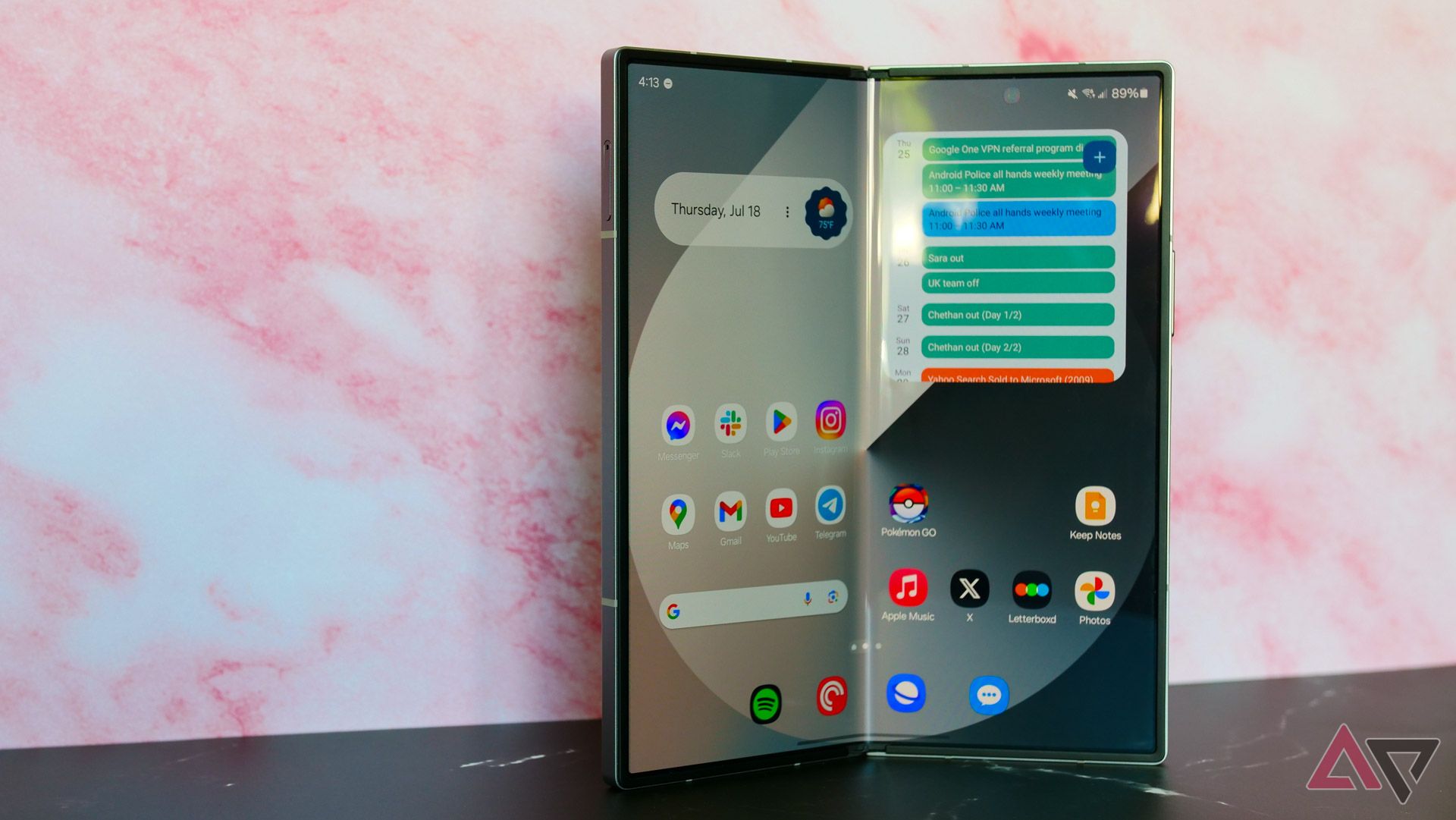
Read our review
Review: The Galaxy Z Fold 6 has cost Samsung its head start in the foldable race
A real tortoise-and-hare situation
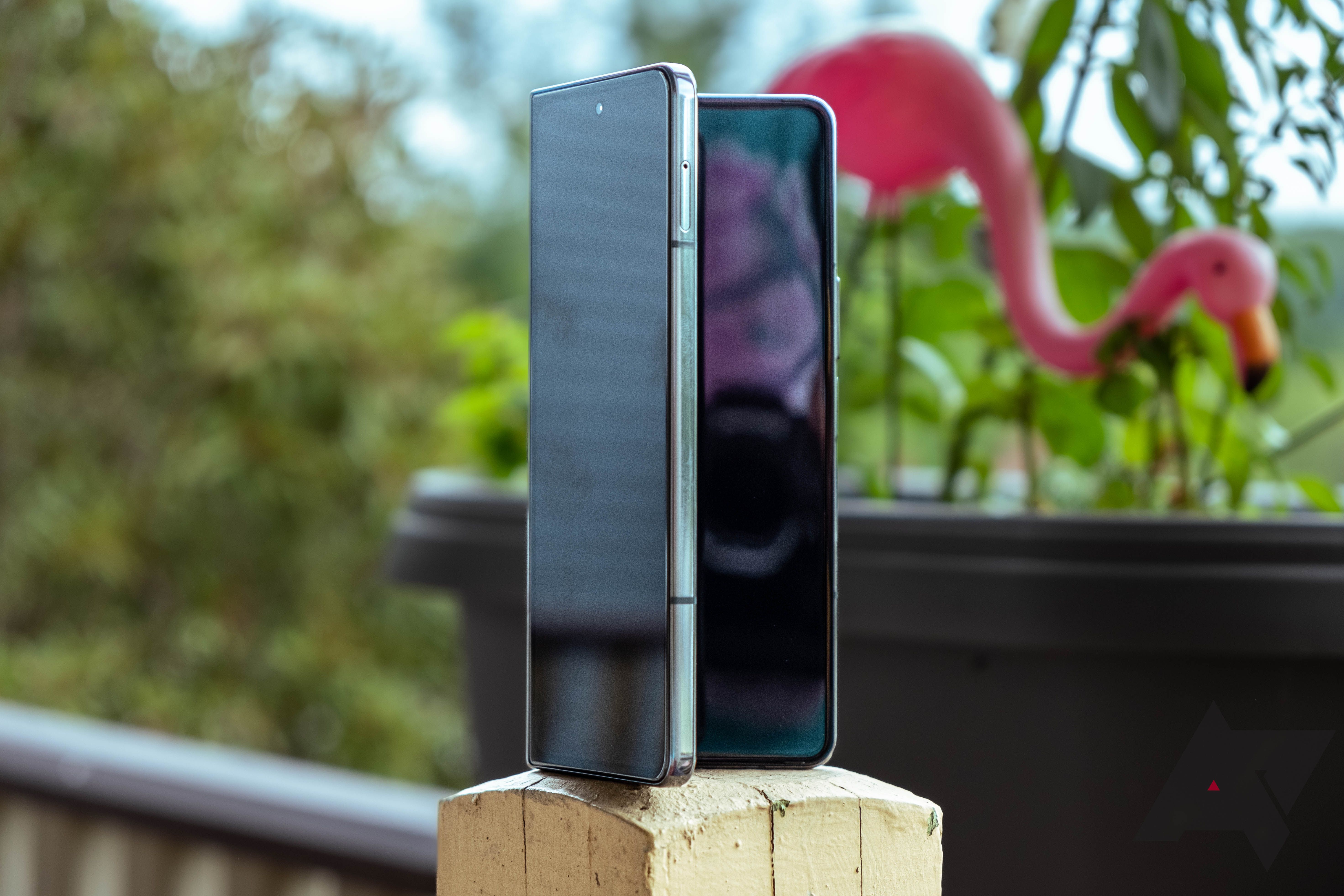
Read our review
Samsung Galaxy Z Fold 4 review: The phone of the future
Big screen, big price tag, big multitasking energy
Design
Small refinements add up
From a distance, the phones’ designs look almost completely identical. Upon closer inspection, it becomes clear that Samsung has added a lot of minor improvements to make the Z Fold 6 feel like a more premium device. In our review, we noted that the Z Fold 6 design makes every previous Galaxy Z Fold feel like a beta.
The Z Fold 4 is taller and thicker than the Z Fold 6. Samsung was also able to reduce 1 to 2mm of height and thickness to significantly improve the Z Fold 6’s ergonomics compared to its older sibling. The Fold 4 was also quite hefty, tipping the scales at 263g. Samsung slimmed the Z Fold 6 down to a much more manageable 239g.
Both devices feature Gorilla Glass on the front and back, Victus+ for the Z Fold 4 and Victus 2 for the Z Fold 6, and have an armor aluminum frame. The Fold 4 has an IPX8 rating, which makes it waterproof, but does not protect from dust ingress. The Fold 6 comes with an IP48 rating, which gives it protection from dust larger than 1mm, as well as the same water protection as the Fold 4.
The Z Fold 6 brings along some other improvements that help it feel more premium, including a smaller gap between the two halves when the display is closed and a matte finish on the frame. However, the camera bump is still there and can be annoying when placing the device on a flat surface like a table.
Display
All about the cover display
When the Z Fold 4 launched, it suffered from an oddly thin display that made everything feel very cramped. The Z Fold 6 utilizes a 6.2-inch AMOLED cover display with a 23.1:9 ratio. With a 2316 x 904 resolution and a 120Hz refresh rate, everything looks sharp and feels smooth. The internal display was also quite good thanks to its massive 7.6-inch AMOLED 2X panel. It, too, looks crisp with a resolution of 2176 x 1812 and a 120Hz refresh rate.
Samsung changed things for the Z Fold 6, namely with its 20.9:18 ratio. The LTPO AMOLED 2X cover display measures 6.3 inches and features the same 120Hz refresh rate as its older sibling. With an LTPO AMOLED 2X display, 120Hz refresh rate, and measuring 7.6 inches, the internal display is very close to the one used in the Z Fold 4.
Outdoor visibility is also improved for the Z Fold 6. With 2600 nits of peak brightness, it far outpaces the Z Fold 4 and its 1200 nits of brightness.
Software
Better software policy this time around
At this point in the game, the software used by these devices is practically the same. Both run Android 14 and One UI 6.1, which ensures a very similar overall feel. They get all of Samsung’s usual productivity features like multi-window and multitasking support. Samsung’s taskbar is also present, which makes finding your favorite icons a breeze.
The Galaxy Z Fold 6 does include Samsung’s Galaxy AI. I’m probably in the minority, but I haven’t gotten on the AI hype train, with most implementations feeling worthless. It’s a buzzword for sure, but things like Sketch to Image are gimmicky at best. There are some handy AI tools, such as the live translation feature, but Samsung would have been better off focusing on improving its productivity features to take further advantage of the extra display size.
Software support is another area that will greatly benefit the newer Fold 6. The Galaxy Z Fold 4 will receive four Android OS updates and five years of security updates. Having launched with Android 12L, the Z Fold 4 is only slated for two more years of OS updates and three years of security updates. The Z Fold 6 will get seven years of Android OS upgrades and security updates.
Performance
Two years makes a difference
Thanks to Qualcomm’s year-over-year improvements, the Snapdragon 8 Gen 3 processor in the Z Fold 6 is far more powerful than the Snapdragon 8+ Gen 1 processor in the Z Fold 4. That’s not to say that the Z Fold 4 feels pokey, there’s a good chance that it still feels plenty fast, it just doesn’t have the extra horsepower if you do need it. Both Galaxy Z Fold devices are coupled with 12GB of RAM, ensuring smooth performance.
While benchmarks aren’t necessarily indicative of real-world performance, they do offer a good baseline for comparison. In AnTuTu 10, the Snapdragon 8 Gen 3 processor gets a score of 2054380, while the 8+ Gen 1 gets 1297201. Geekbench 6 shows similar results with the newer processor getting a single-core score of 2193 and a multicore score of 7304 compared to 1767 and 4591 for the older Snapdragon chip.
If you enjoy gaming, the Z Fold 6 is far stronger than its older sibling. While the extra strength may be pointless, there is little question that the Snapdragon 8 Gen 3 will have no issue pushing the latest games for quite some time.
For those of you rocking the Z Fold 4, you need to be honest here. If your phone’s performance is serving you well, then the extra speed of the Z Fold 6 may not be worth it. If you are starting to feel it slowing down, then an upgrade may be worth considering.
Same decent battery life
Battery life for the Galaxy Z Fold 6 and the Z Fold 4 will be very similar thanks to their identical 4400mAh batteries. The Z Fold 6 has slightly better battery life thanks to efficiency improvements from the processor, but either device should be good enough to power your device for an entire day. If you rely on the internal display for most things or push it quite hard, it may cut it a bit close by the end of the night.
Both devices also charge at the same speed. Charging can be done via either 25W wired or 15W wirelessly. You also get 4.5W reverse wireless charging.
Camera
Nothing has changed
For some reason, Samsung has never shown the Galaxy Z lineup the same camera love that it gives the Galaxy S series. Samsung is keen to rest on its laurels, offering good enough performance, and it’s a shame. As a result, these two devices offer the same triple-camera setup.
Both the Z Fold 6 and Z Fold 4 come with a 50MP f/1.8 main lens, a 12MP f/2.2 ultrawide lens, and a 10MP f/2.4 telephoto lens with 3x optical zoom. Even the front-facing camera is identical with its 4MP f/1.8 lens.
Camera performance is adequate in most conditions, providing decent results in everything from perfect conditions down to low-light conditions. While both Z Fold devices can get decent results, they suffer from inconsistencies when taking pictures. There will be times when you think you got a great shot, just to find it blurrier or muddier than you anticipated. The Z Fold series, much like all of Samsung’s cameras, can suffer significantly when trying to take photos of moving subjects.
The Galaxy Z Fold series shouldn’t be sought after for its camera alone, and the newer model doesn’t do much of anything to make you want to upgrade.
Should you upgrade?
Upgrading your current device can be a complicated process. This is especially the case if you are on the fence about upgrading, and with most devices not changing much year-over-year, it often isn’t worth the cost of entry. Luckily for Samsung, the Z Fold series is still new enough that it’s refining bits and pieces of it that add up to a much better device.
If you are looking to upgrade your current device, the Galaxy Z Fold 6 does just enough to justify the hassle. You’ll get a less cramped cover display, a smaller and lighter device, as well as significantly improved performance and software support. It’s not all perfect though. Samsung has done virtually nothing to improve the camera or battery life and both currently run the same software.

Editor’s choice
Samsung Galaxy Z Fold 6
Enough to justify the upgrade
With improved performance, a less cramped cover display, and a refined design, the Galaxy Z Fold 6 does enough to justify the jump from the Z Fold 4. The improved software support is also nice to have. Just don’t expect any camera or battery improvements.
For those rocking the Galaxy Z Fold 4 that are still happy with what it offers, then you should hold onto your current device for another year. The performance and design improvements won’t be worth it for most users; you aren’t gaining anything when it comes to taking pictures or battery longevity.

Still relevant
Samsung Galaxy Z Fold 4
Still good for those who can wait
The Samsung Galaxy Z Fold 4 may be a couple of years old, but it still has quite a bit going for it. If you are perfectly happy with its current performance and don’t mind the cramped cover display, then you will have no trouble holding onto it for another year.
Source link

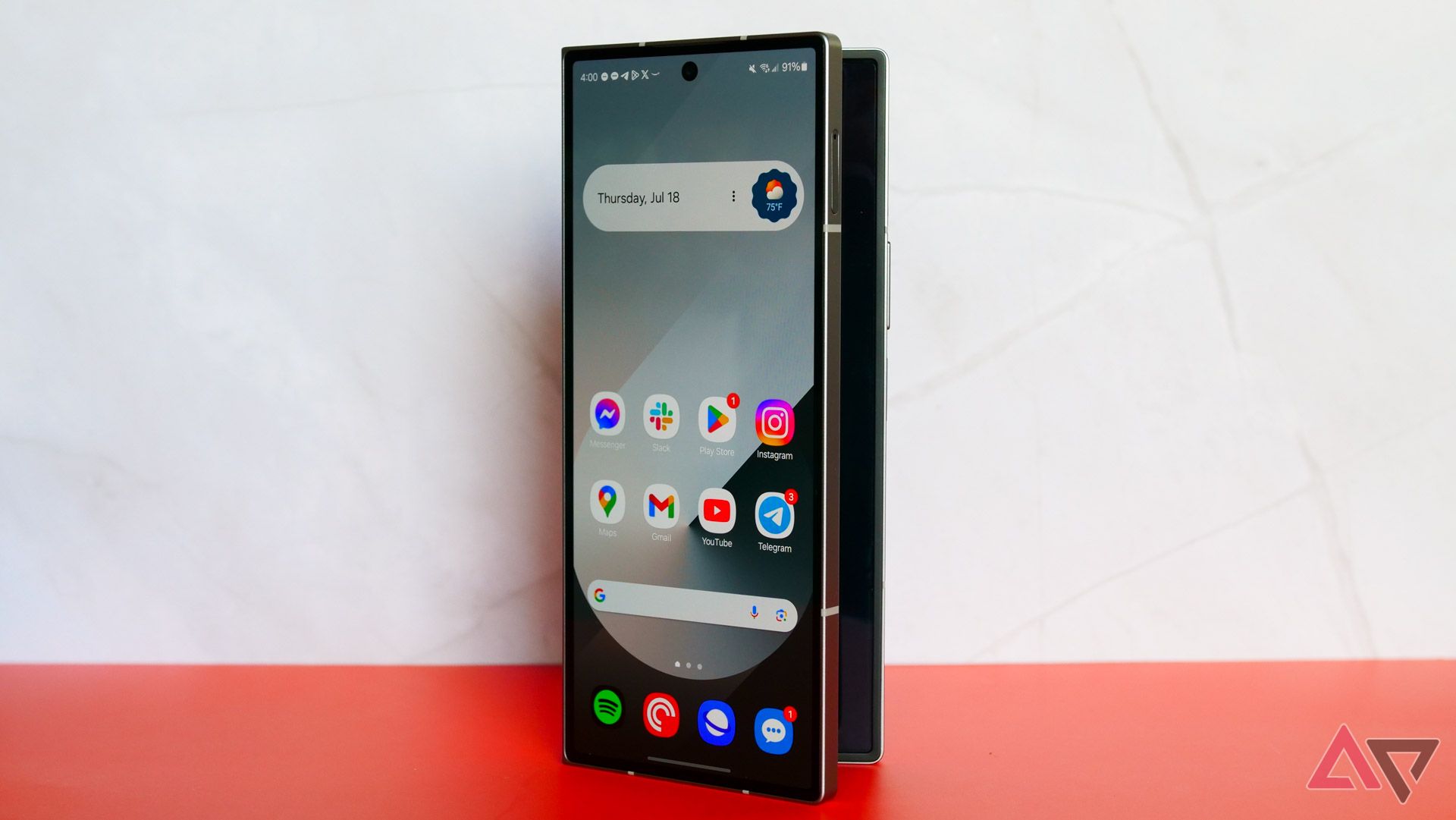
.JPG)
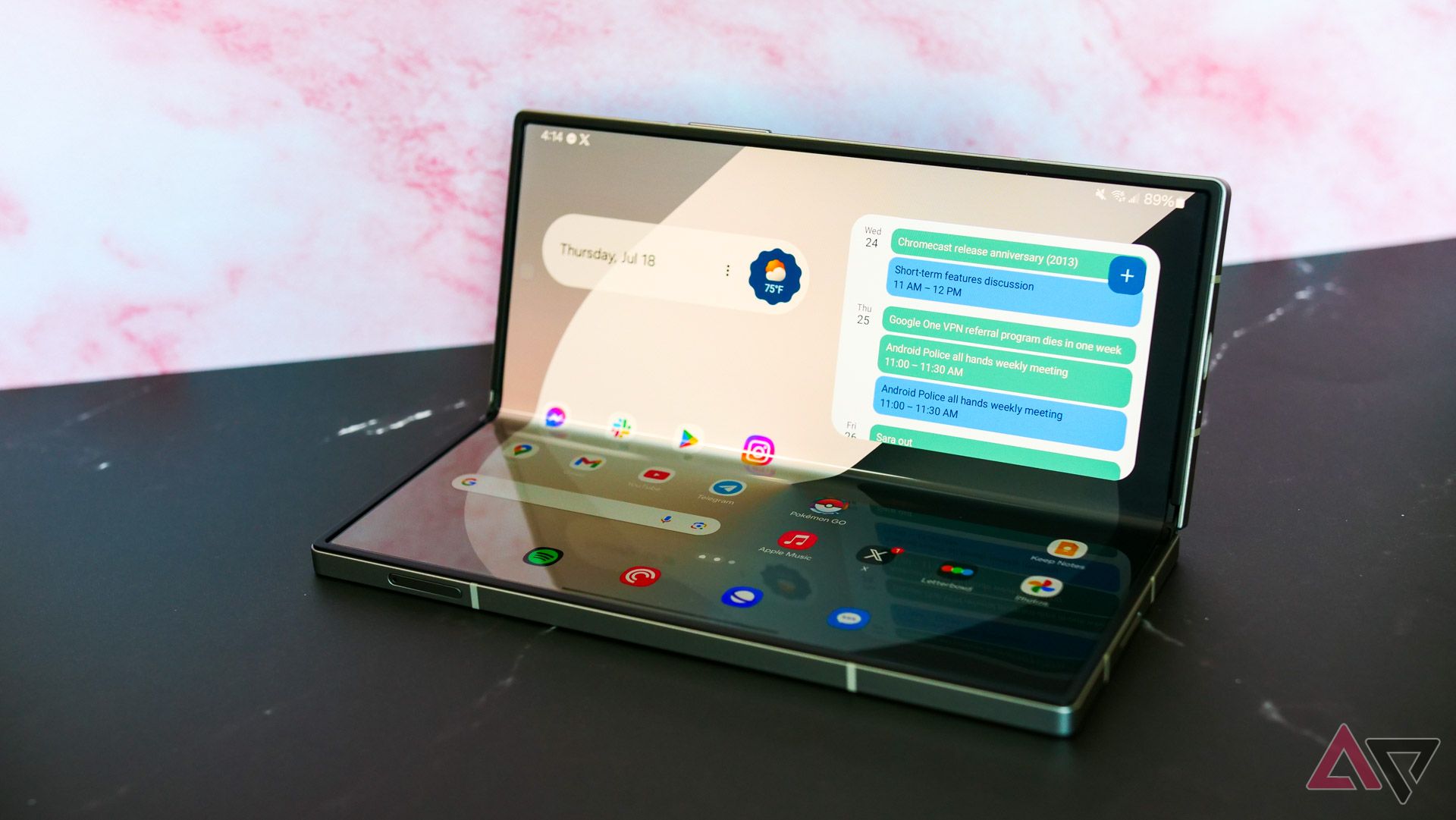
.JPG)
